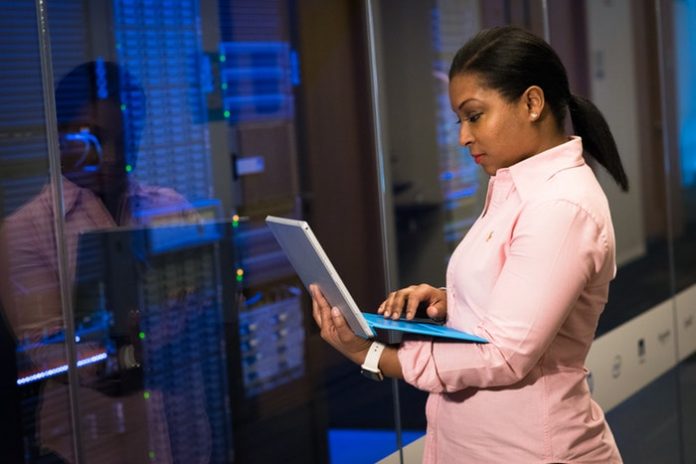M&A due diligence is the process of determining the legal, financial, and operational risks that may result from the transaction between two parties. Due diligence in M&A transactions allows buyers and sellers to make informed decisions and agree on fair prices for transactions.
Although the basic objective of due diligence has not changed over the years, due diligence methods and techniques have continued to evolve. This article discusses the future of M&A due diligence and the latest trends in 2020 you should know about.
Machine Learning and AI
Modern businesses spawn millions of documents and files that no one can analyse efficiently. However, some of these documents may comprise important information that buyers should know before completing the due diligence process.
To remedy this, machine learning and AI have become essential tools for discovering and analysing M&A documents.
By reviewing the most relevant documents, AI-enabled software can present the most essential information to reviewers, saving a lot of money and time. In addition to discovering information, artificial intelligence tools can perform information integration during due diligence by summarizing and combining data to help offer context to human investigators.
The following are a few cases where AI and machine learning can be used.
- Identity resolution to ensure that multiple documents are linked to the same entity or person
- Grouping to identify documents having the same subject or topic
- Grading the level of significance of documents
Cybersecurity Due Diligence
For the longest time, due diligence focused on risks such as hidden financial weaknesses and illegal activities. However, in the event of a catastrophic data breach, poor IT security practices can be economically and legally damaging to an organization. According to an IBM 2019 study, the typical cost of a data breach reached, $ 8.2 million or $ 3.9 million for U.S. businesses.
The role of cybersecurity in due diligence is to decrease the risk of newly integrated corporations facing similar IT disasters. Also, buyers analyse potential network vulnerabilities of potential sellers, such as internal threats and ransomware.
About 62% of companies consider post-acquisition cyber risk as a top priority. It’s no surprise that IT consulting and research firm Gartner predicts that by 2022, 60% of organizations will consider cybersecurity as an important part of due diligence.
Technology Due Diligence
With IT security issues affecting businesses of all sizes and across all sectors, it is becoming increasingly important to analyse vendors’ attitudes toward cybersecurity. However, due to the growing number of software and technology M&A deals, technical due diligence (also known as technical due diligence) is a trend in 2020. In the third quarter of 2019, the number of worldwide software M&A deals rose to 384, a peak in two years.
Technical due diligence is a detailed analysis of the seller’s patented technology to ensure that it works as expected and that there are no technical faults. This includes the following operations:
- Checking of the software source code (if applicable)
- Knowing who participated in the creation of a particular technology
- Understanding basic processes and workflows to create that technology
- Checking intellectual property and software license agreements
- Determining the future technology roadmap
Virtual Data Rooms
Most of the data shared during the due diligence is very sensitive and confidential. There are many solutions for sharing information, including snail-mail, email, and physical exchange. These options may be exposed to security risks or may be imposed, depending on the physical location of the two parties.
A virtual data room (VDR) is an online software app used to share and store sensitive information securely. Businesses use virtual data rooms in M&A dealings to exchange important private documents such as intellectual property and financial records. There is strictly exclusive access to the VDR, and the actions of each user are recorded.
In addition to due diligence for M&A, VDR also supports other collaborations between multiple companies, such as IPOs, funding cycles, and strategic partnerships.
As businesses grow, so do the risks of cyber-attacks. Each year companies spend millions on securing their information and preventing cyber-attacks. In 2020 these are already technological improvements in play to enforce cybersecurity. As the year goes by, more and more advancements will be made.
Find a Home-Based Business to Start-Up >>> Hundreds of Business Listings.

















































